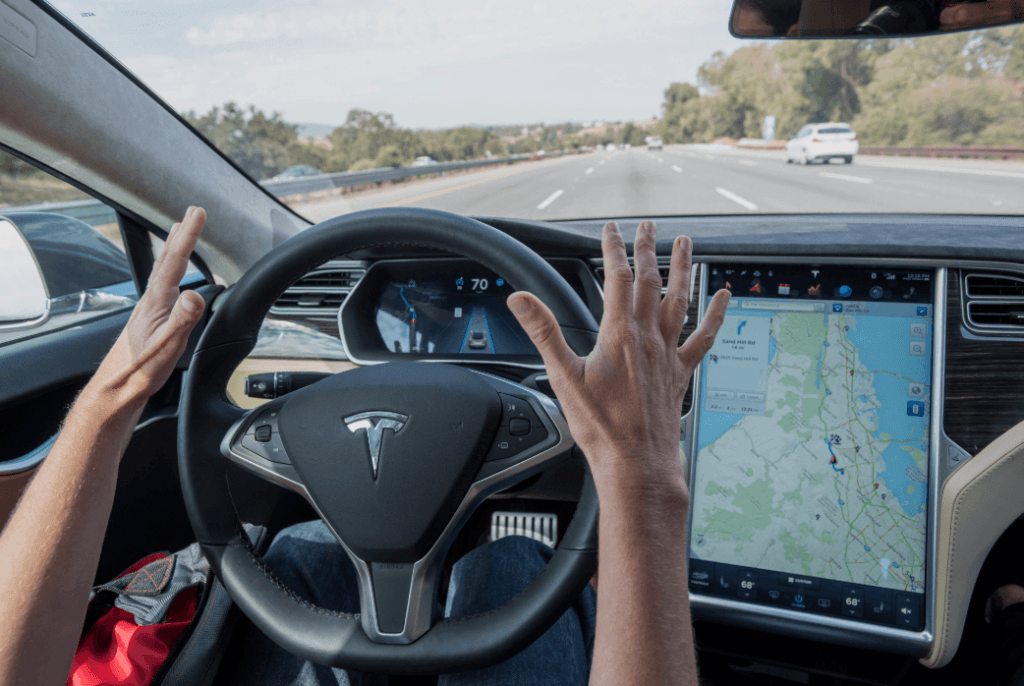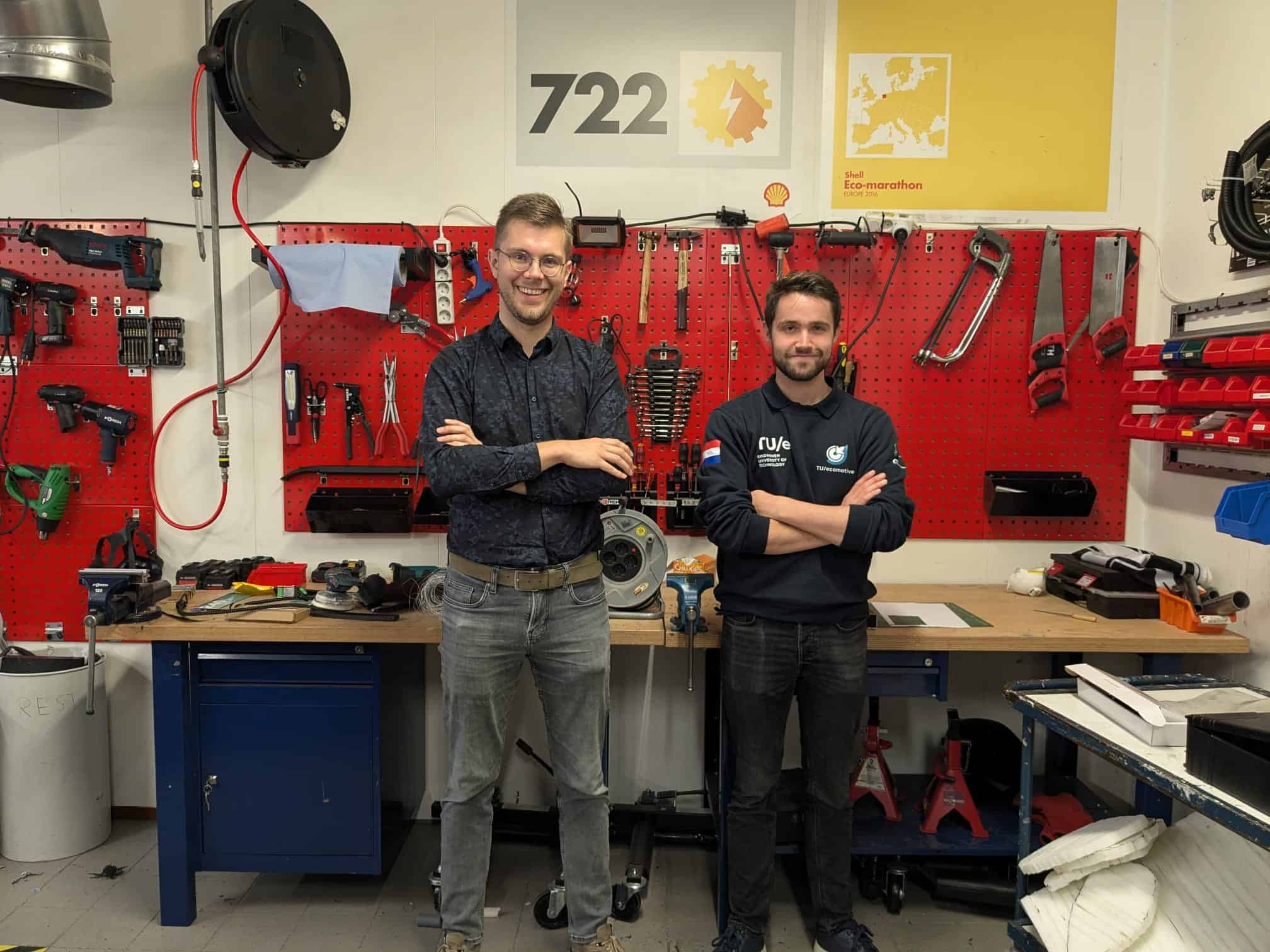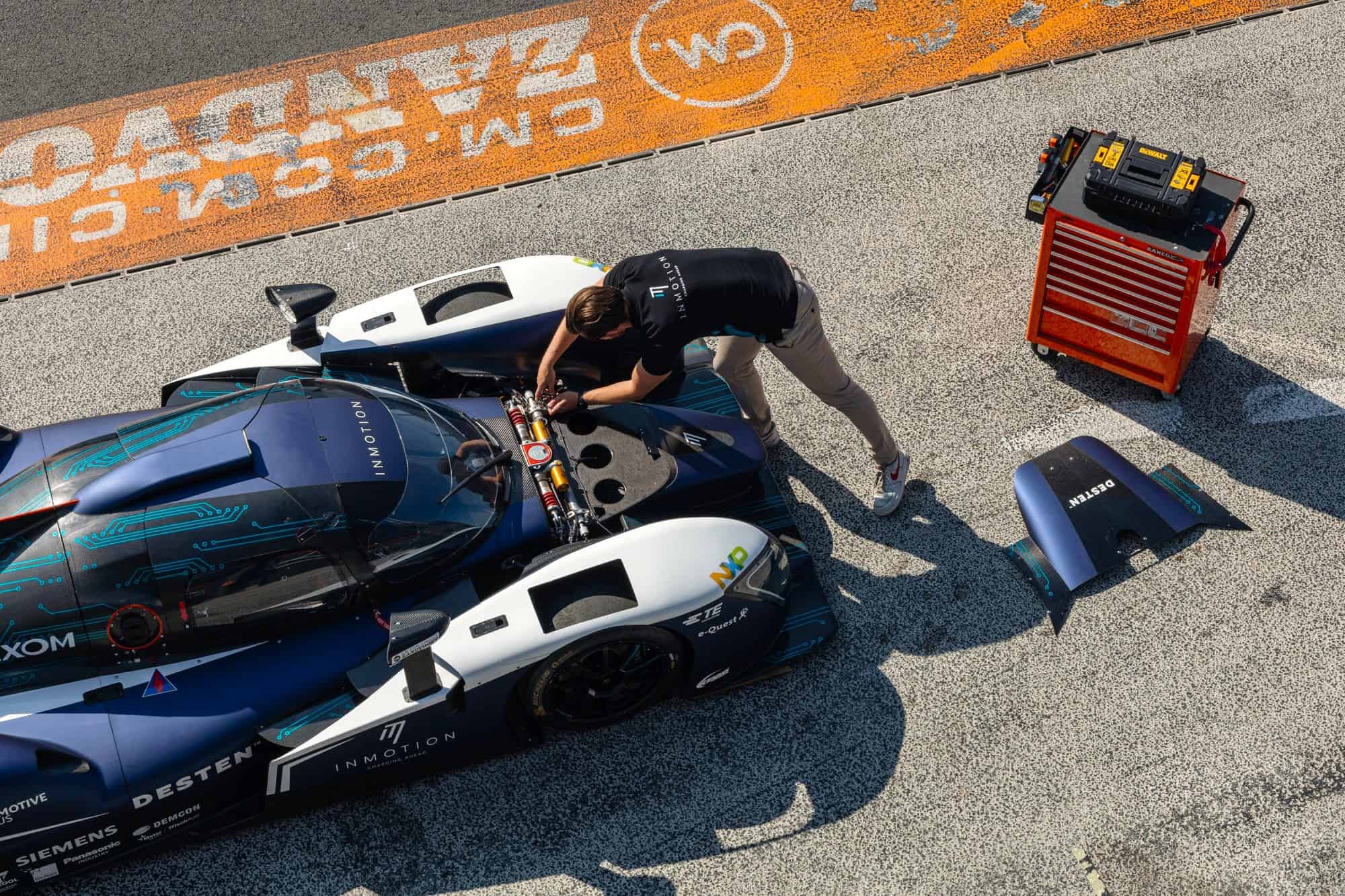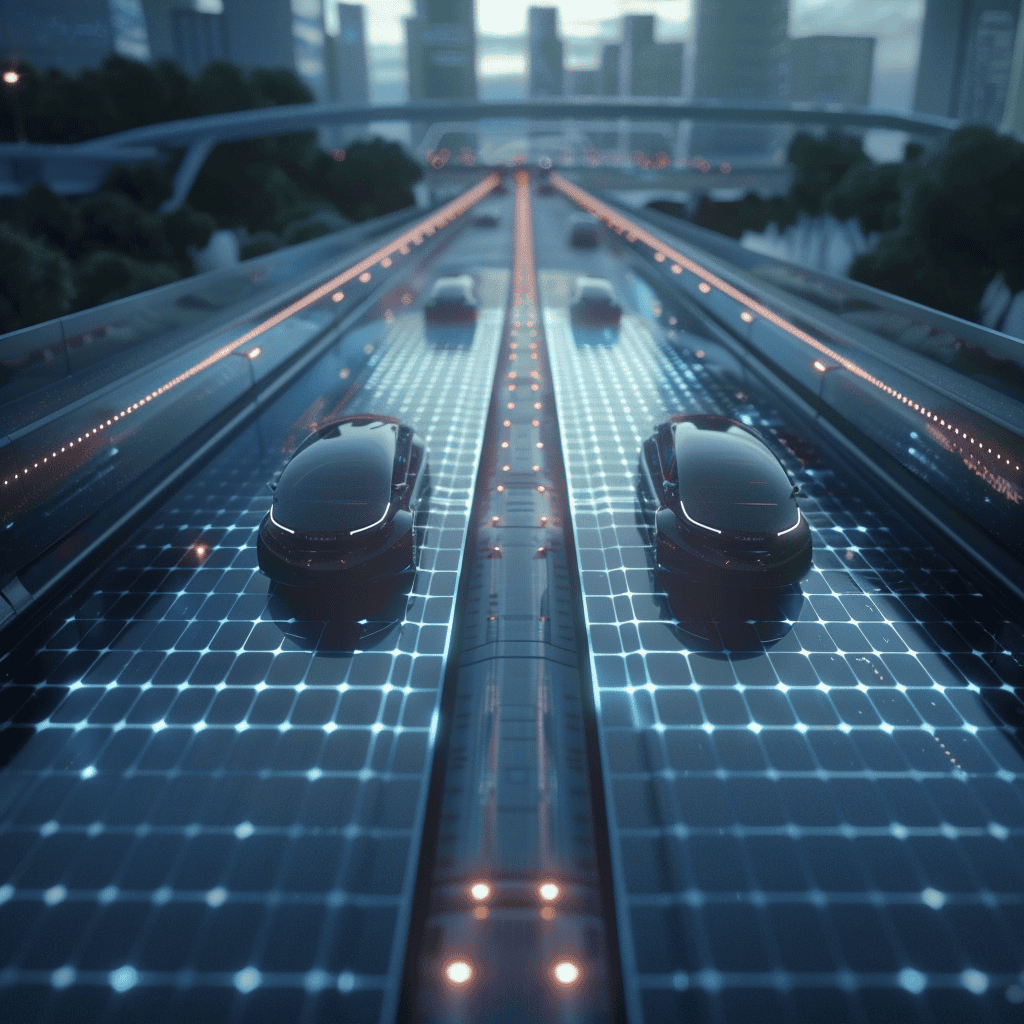
While Uber recently raised $1 billion for its autonomous car division, the hype surrounding autonomous cars is declining. According to Gartner’s Hype Cycle, every new technology follows a process in which expectations initially rise (go uphill) and if goals and promises are not met in time, the same expectations decline (go downhill). The reason for this is the underestimation of the complexity of change. In addition, press reports about accidents with “autonomous Tesla’s or Ubers” lead to a distorted picture.
We consider the time we live in to be more important and groundbreaking than ever. We live, so to speak, in the moment; the term the eleventh hour is omnipresent today. Whenever I hear this saying, I wonder what time it was during the Cuban crisis; perhaps the twelfth hour? We also extrapolate. Based on trends of the past few years, forecasts are made for twenty years and beyond without looking closely at the underlying values of current trends.
In the European development project for autonomous cars called Eureka-Prometheus (1987-1995), all the technologies were tested and applied that are more or less in a Level 2 car today. At the end of the project in 1995, a Mercedes S-Class with a large number of computers in its trunk drove 1,758 kilometers from Munich to Odense in Denmark and back. In 95 percent of the cases, the autonomous Benz drove on its own and at speeds of up to 180 km/h, since it was in Germany after all.
Assuming you travel back in time to 1995 and see the “autonomous Benz” passing by, would you consider it possible that twenty years later, in 2015, we could buy stage 5 robot cars?
Despite the many marketing conversations between automobile manufacturers and technology companies, I suspect that we are still a long way from that today. However, we will continue to hear these marketing talks in the coming years, because if one of them says that the level 5 autonomous (robotic) car will soon be on the market, the other one will have to follow. The race about who is the most advanced will happen mainly in the communication channels and at the CES trade fair.
The automation of driver tasks can prevent many accidents. That still justifies the hype about robot cars.
Nevertheless, investments in autonomous technologies are urgently needed. In the Netherlands, the number of road fatalities rose from 613 (2017) to 678 (2018). Many studies show that in 90% of all cases, human error is the cause of car accidents. Further automation of driver tasks can, therefore, prevent many accidents. This still justifies the hype about robot cars.

Jan Wouters is innovation manager at AutomotiveNL, the cluster organization of the Dutch automotive industry. In the of the car’s 250th anniversary, he writes about the history of innovation for Innovation Origins.
About this column:
In a weekly column written alternately by Eveline van Zeeland, Maarten Steinbuch, Mary Fiers, Carlo van de Weijer, Lucien Engelen, Tessie Hartjes, Jan Wouters, and Auke Hoekstra, Innovation Origins tries to find out what the future will look like. The seven columnists, and occasionally a guest blogger, all work in their own way to find solutions to the problems of our time. So that tomorrow will be better. Here are all the previous episodes.








